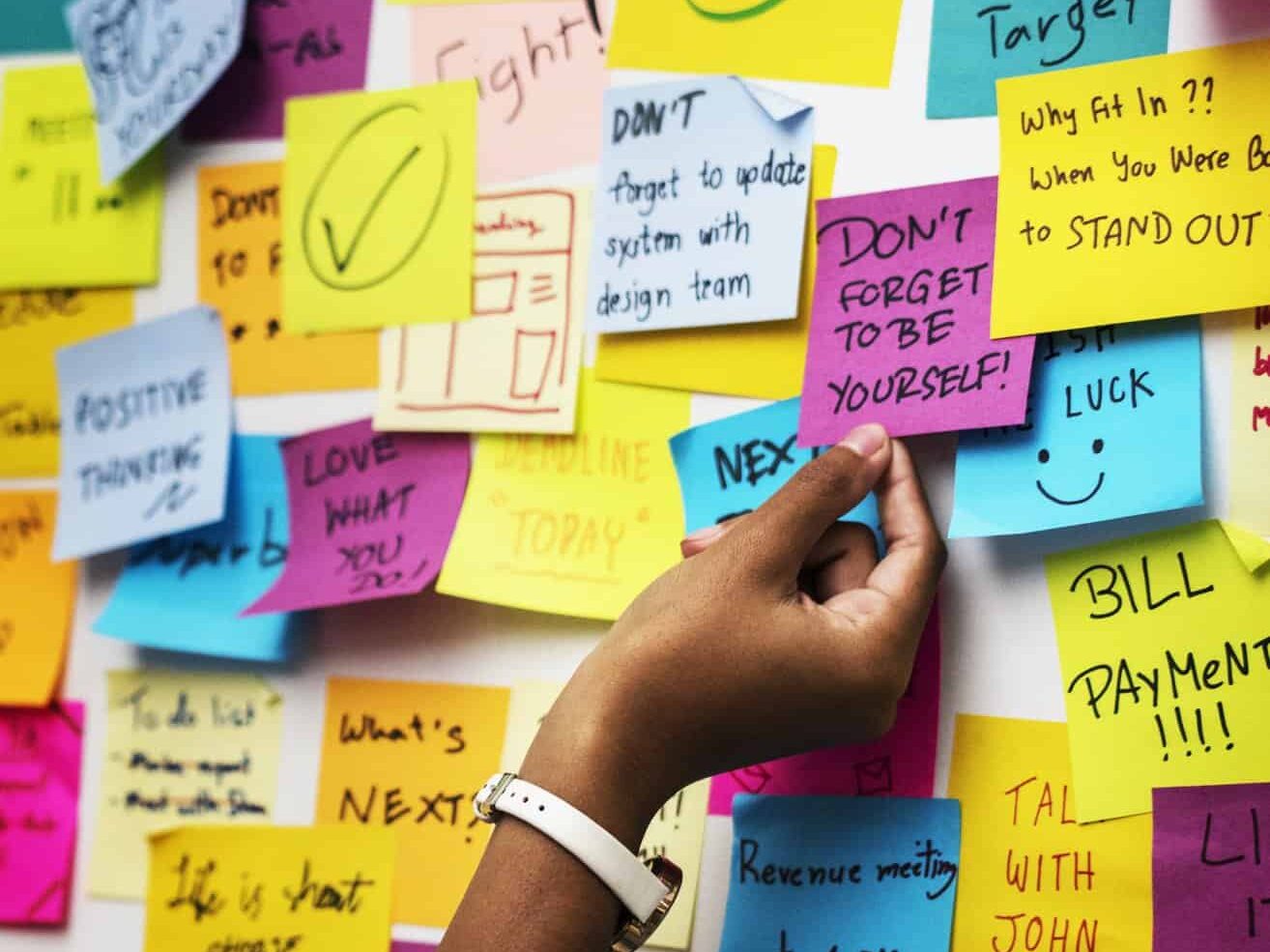Goal
Create a shared understanding of priorities on upcoming work, to optimize the value you deliver.
Description
Collaboratively ordering work items visualy, together with your stakeholders creates a common understanding of the rationale behind the resulting order.
Results
- More focus on customer value
- More commitment on priorities
- Better-founded scope discussions
Videos
Impact/Effort Matrix (2.5 minutes, EN)
Dave Gray, co-author of the book Gamestorming, explains how the Impact/Effort Matrix works
To Work

Invite the customer representative, stakeholders and team members to work with this technique.
- Create a large coordinate system labeled “Effort” on the horizontal axis and “Customer value” on the vertical axis. Make sure everyone has a good view of this.
- Participants now take turns taking one of the following actions:
- Place a new customer wish in the coordinate system and explain why this is the right place;
- Request an explanation of a previously placed customer wish and move it if necessary;
- Move a customer wish and explain why you choose this new positioning.
- You mark notes that are hung a number of times for later discussion. Continue until no one feels the need to move a customer wish.
- Discuss the highlighted customer wishes together. Decide whether this customer wish can still be given a place or whether further research is necessary and who is the holder of the action.
- Divide the space between the axes into four quadrants and discuss the meaning of these quadrants with each other. Choose a name for each quadrant and write it on a sticky note and place it in the appropriate quadrant.
- Set a challenging date for an interim delivery of your product or service. In any case, what must be completed in order to be able to deliver value for the customer? Have each participant draw a line to indicate what is and is not absolutely necessary for this. Above the line is necessary, below the line can be done later.
- Discuss customer requirements about which there is disagreement as to whether they are absolutely necessary. If necessary, use the Indian Talking Stick principle (discussed in section 6.2 Meeting Scan)
- Adjust the complexity estimate of customer requirements where necessary. This is also a good time to express customer value in a number (50, 100, 200, 300, 500, 800, 1300) and record it in the wish list.
- Discuss with each other which two or three actions are needed to make optimal use of the learning points from this meeting. Record this.
Source
You find a description of this technique in section 8.3 Priority Matrix of our book Connective Teamwork (EN, NL). The book helps you set your team in motion with a practical 5-step plan and 20 teamwork techniques.
You can learn more about and practice this technique in our Connective Team Coach Training Course.

Contact me



